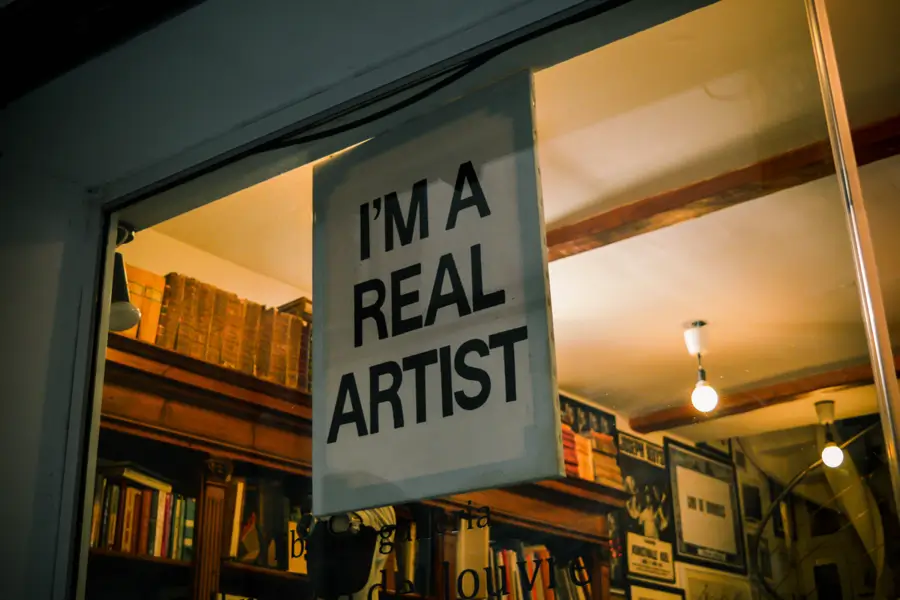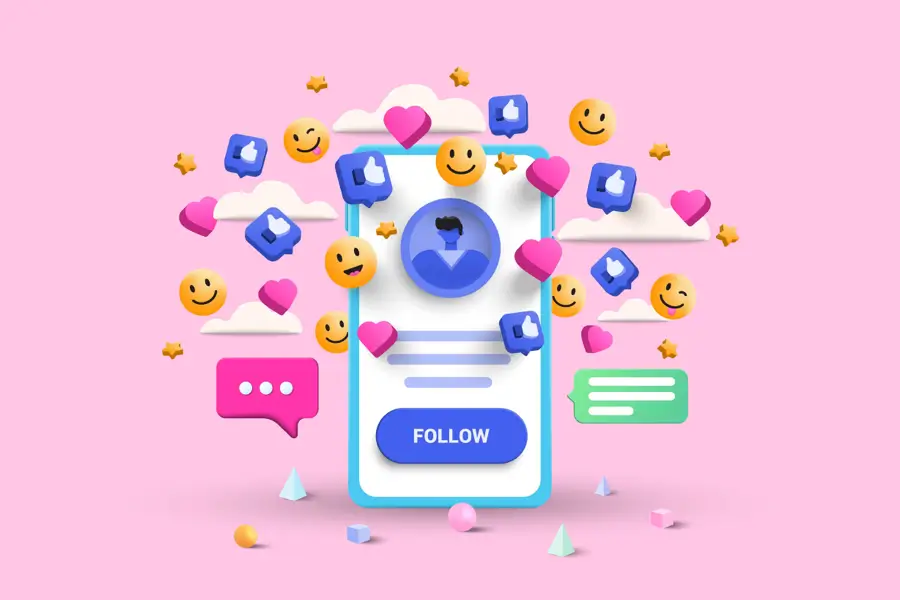
BUSINESS BASICS

There is no denying social media has become a powerful tool in the past decade, especially as a promotional vehicle. According to the recently released 2012 Social Media Marketing Industry Report, 83 percent of more than 3,800 marketers believe that social media is important to their business, and an overwhelming 94 percent of marketers said they used social media for marketing reasons. There is little debate that an active and engaging social media presence will help increase business exposure and probably drive traffic to your business as well.
Of course, as an artist, you probably don’t have the luxury of a dedicated marketing team to constantly monitor and update your various social media profiles, but that doesn’t mean you shouldn’t embrace social media; it just means you should be careful about over-extending yourself since you are your own marketing team. When it comes to creating a successful one-person social media marketing strategy, you want to be efficient and effective, and you want to use multiple mediums. We cherry-picked the most commonly used social mediums according to the study and came up with three examples of how artists should be using these channels to network and market themselves so you don’t have to.
It is important to keep in mind that because art is such a broad subject, it is difficult to offer sweeping advice that all artists should take to heart. We think we have done the best we can, but we also admit that different types of artists should use social media channels differently. Just remember that before you start reading and get angry when it feels like none of our tips apply to you. But I don’t think that will happen anyway.
It turns out that the social medium that your college kid uses to post pictures of himself getting drunk is also the reigning champ when it comes to preferred social media channels for networking. 92 percent of the marketers surveyed said they used Facebook, and the multi-faceted platform leaves artists with a lot of flexibility when it comes to how to use it.
While Facebook still reigns supreme as marketing professionals’ social media channel of choice, Twitter is not far behind, especially among experienced marketing professionals who are convinced the site’s dynamic ability to interact with individual customers is key to helping establish traffic and customers. Twitter is also one of the more difficult social media channels to market with successfully because there is such a fine line between acceptable promotion and spammy nuisances.
The medium that is on the verge of rendering your paper resume obsolete doesn’t seem like it lends itself to people looking to market their business, yet it is still the third-most popular social media channel amongst marketers, and you don’t have to look too hard to see why. LinkedIn has made a concerted effort to court daily returns by adding groups, potential jobs, and a news feed where you can read updates about people as well as interesting news and stories from around the web. Anytime you are able to get that much daily activity on a social media platform, there are marketing opportunities to capitalize on.
It sounds funny to call blogs the old guard of social media channels, but that’s exactly what they are. But, while new social media channels launch seemingly every month, blogs have staying power and have maintained their relevancy thanks to their usefulness when it comes to marketing a business or a person. Blogs are more versatile in the sense that you have more space to explain who you are and what your work is, but that much space can be dangerous if it isn’t used effectively.
If blogs are considered the old guard of social media channels, then YouTube and some of the other social video platforms should be considered the new frontier of social media marketing. According to the study, 76 percent of marketers plan on increasing their use of video marketing in the near future, which makes sense when you consider that an estimated 161 million people visit the site each month. However, the increased YouTube marketing means that there will be more competition for user’s time and attention, so you will need to find ways to stand out.
Maybe we spoke too soon when we labeled YouTube the new frontier of social media marketing because, according to the report, while Google+ remains a relatively untapped marketing landscape (only 40 percent of marketers currently use it), 70 percent of want to learn more about Google+ and 67 percent intend to increase their use of Google+ for marketing purposes. Google’s answer to Facebook hasn’t quite caught on the way they were hoping, but you would be wise never to count out the search giant when it comes to improvements.

The Art Career Project is a trusted resource for emerging and professional artists.